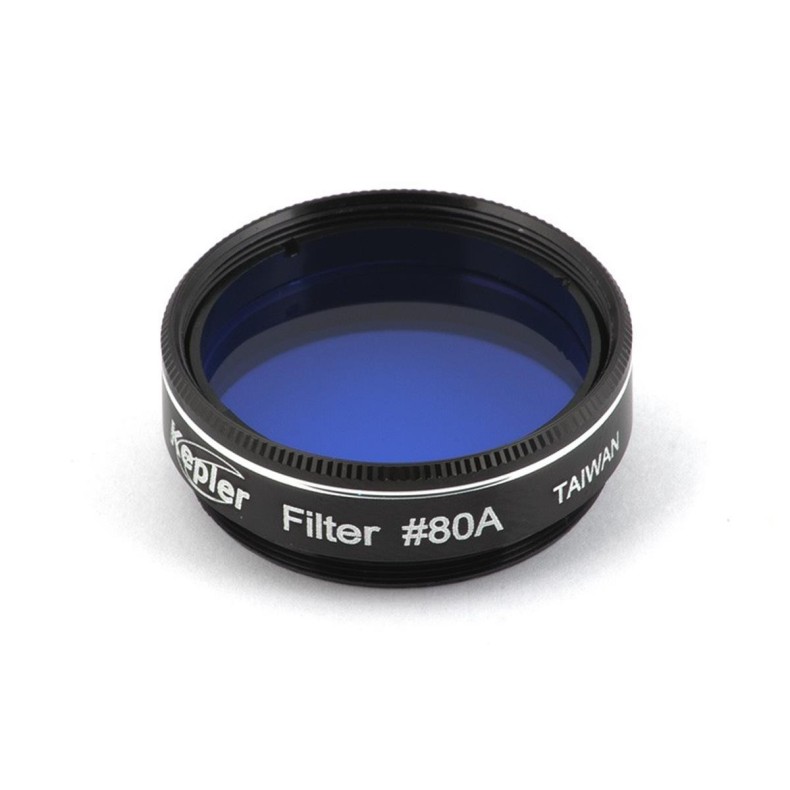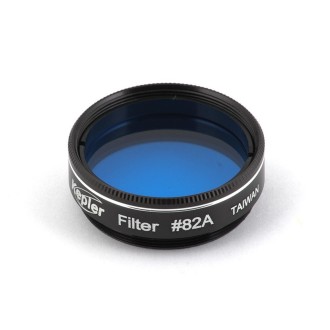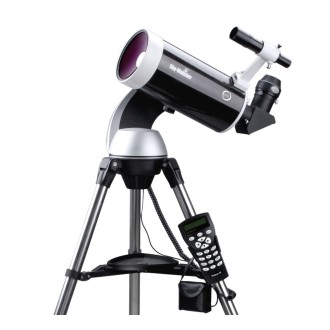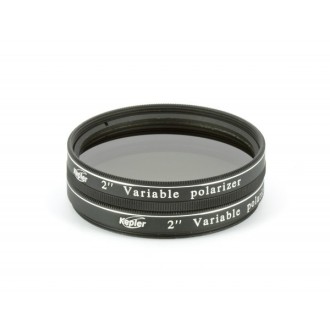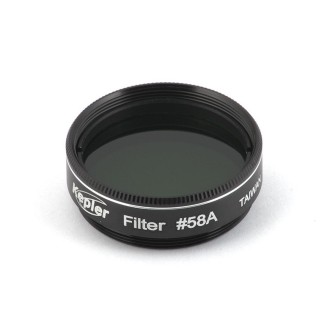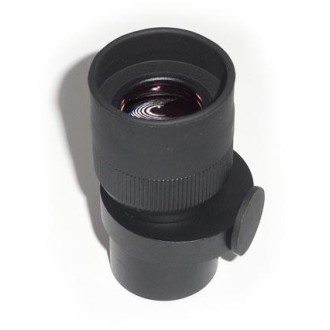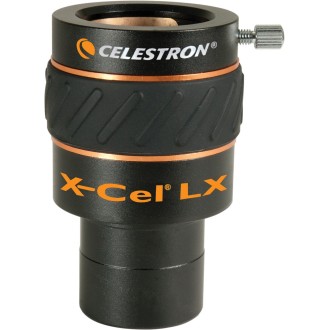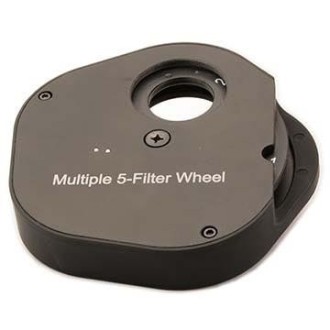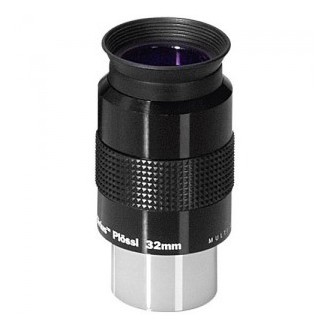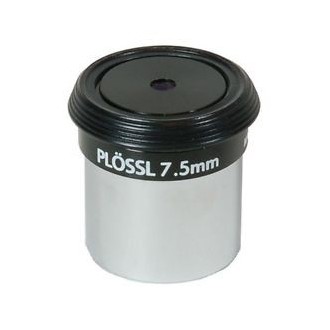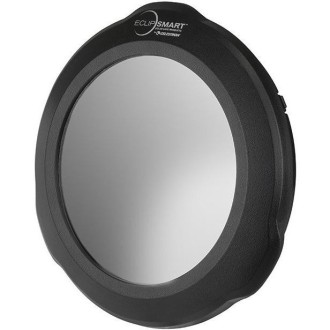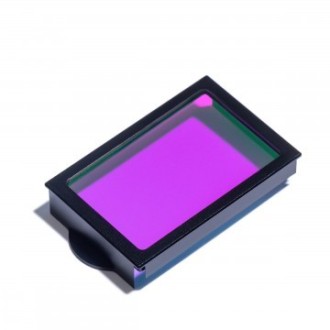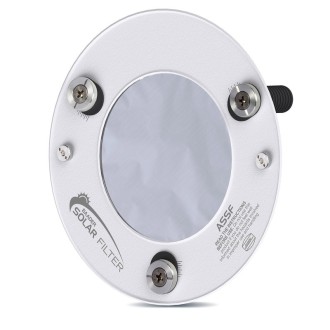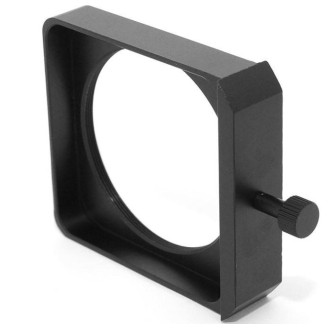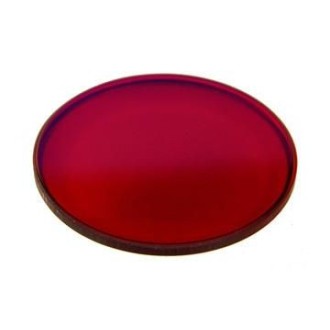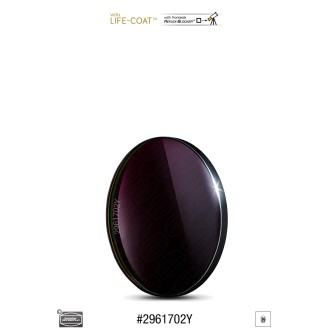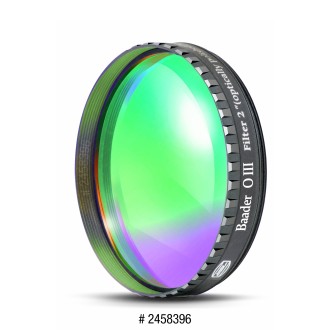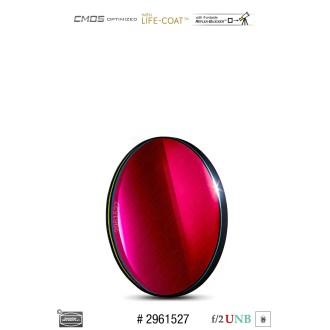Filter Kepler n° 80A blue for 1.25" eyepieces
Filter Kepler blue to enhance the contrast of specific details in lunar and planetary observation.
| Carrier | Description | Estimated Delivery | ||
|---|---|---|---|---|
 |
Home delivery - International | Home delivery - International |
Friday, 2 May - Friday, 9 May |
|

Home delivery - International
Home delivery - International
Estimated delivery:
Friday, 2 May - Friday, 9 May
Filter Kepler n° 80A blue for 1.25" eyepieces
Color filters are used to enhance contrast when observing lunar and planetary surfaces. Each color helps to observe specific details (Martian seas or polar caps, clouds on the surface of Jupiter or Venus, etc.). They are screwed to the barrel of the 31.75 mm diameter eyepieces and the specific colorant is embedded inside the glass itself. The reference of each filter is given by its color according to the Wratten catalog.
Use: This is a must-have filter for anyone wishing to make lunar and planetary observations. For apertures of 90 mm or larger, it enhances the contrast of Jupiter's belts and their divisions and details the Great Red Spot and white ovals set in orange and purple clouds on Jupiter and Saturn, as well as the Jovian polar regions. On Saturn, it highlights the gas bands, contrasting subtle dark cloudy details in the bands; details the polar regions and highlights Saturn's rings, especially the Cassini Division. For diameters of 150 mm or larger, it removes excess light when observing the planet Venus, thus providing a higher quality image. On Mars, it contrasts the high clouds and poles. Increases contrast and details areas of the lunar surface. Increases contrast in the gas tails of bright comets. Without being an anti-light pollution filter, by absorbing the orange light from street lighting, it moderately improves contrast in deep sky visual observations (galaxies, nebulae and clusters) and can be used at any aperture range.
Filter Kepler No. 80A blue for 1.25" eyepieces

